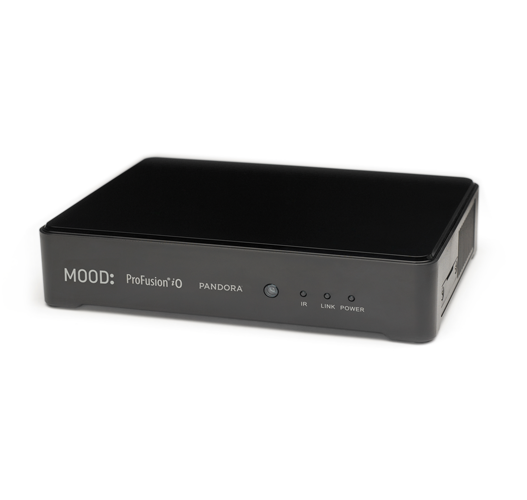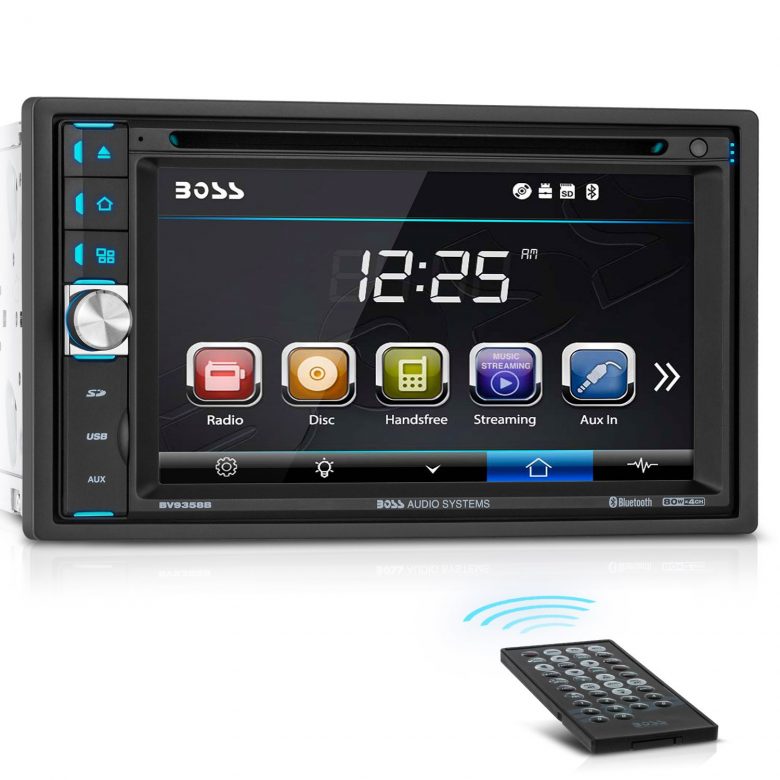
According to the study, 20% of respondents aged 12-24 had listened to Pandora in the past month, with all online streams of AM/FM radio reaching only 6%. Terrestrial radio has attempted to adapt to tech changes by streaming its programming on the Internet, but according to a study by Edison Research in September 2010, trends are not in its favor. The attempt to break onto car dashboards is a stab to the heart of AM/FM radio, which, while still dominant in the field to the tune of a 90% share of all radio listening, has seen troubling signs in the behavior of young consumers. (Any further deals with other carmakers have yet to be disclosed, though Westergren claims the company “will be announcing a host of things publicly” in the coming months.) Alpine and Pioneer are offering after-market in-dash radio decks with Pandora functionality, and voice-activated music searching is in the cards as well. To that end, the company has partnered with Ford (which intends to have Pandora functionality on its cars’ dashboards by year’s end), Mercedes-Benz (which will feature a dedicated digital plug-in) and GM, which announced intentions to have Pandora in its new model cars, though the timing has yet to be determined. “We just have to figure out a solution to get Pandora into cars that’s as easy as radio is now.” “That’s the holy grail for us,” says Pandora founder Tim Westergren. But half of all radio-listening occurs in the car, a statistic of which the company is well aware.



Several companies offer dedicated Pandora tabletop stereos for home and office listening, with Panasonic and Sony offering connected TVs and Blu-ray players. At present, the site boasts 65 million registered users who spend an average of 10 hours per month on the service, half of that on mobile devices. After several rough years, the company truly took off in the late-2000s when it began offering apps for smartphones and other mobile devices.


 0 kommentar(er)
0 kommentar(er)
